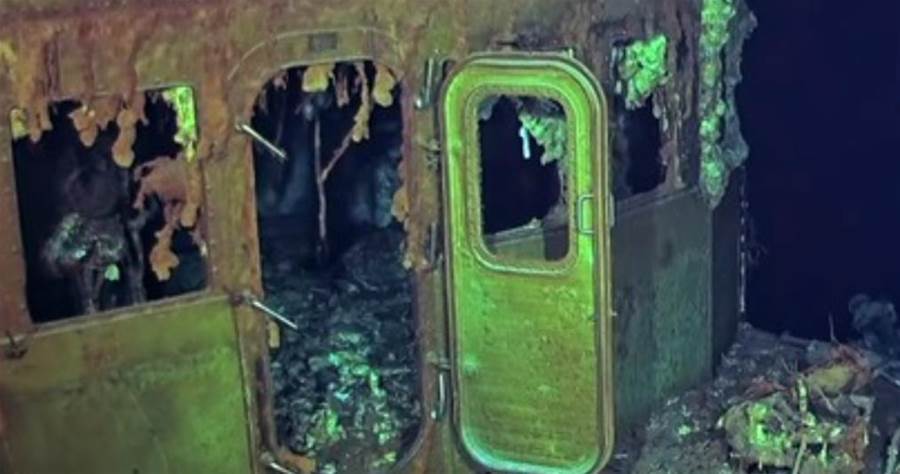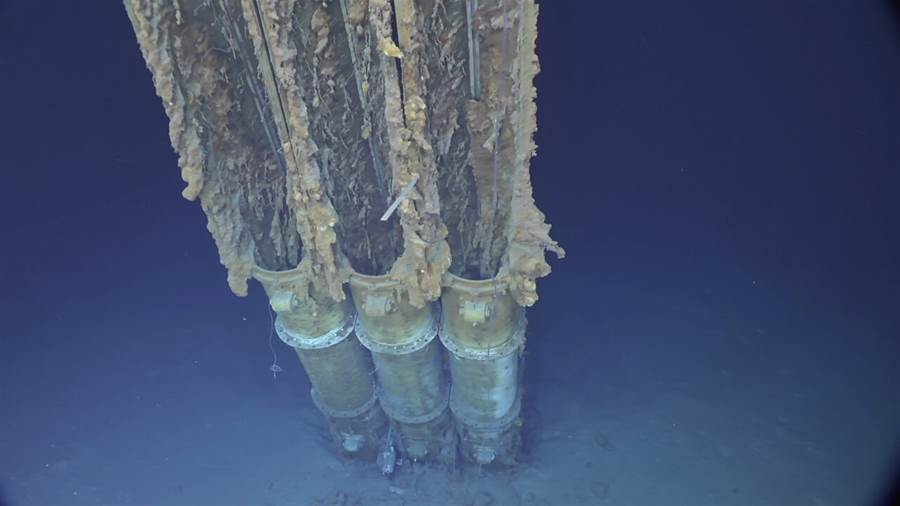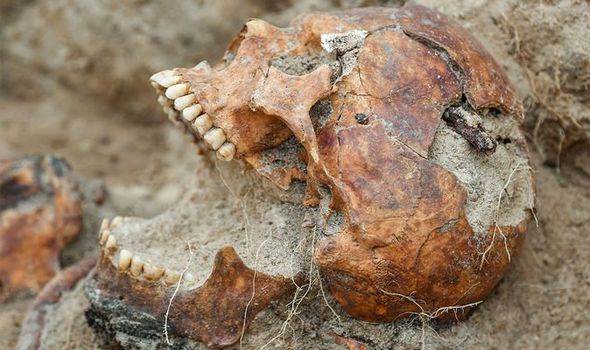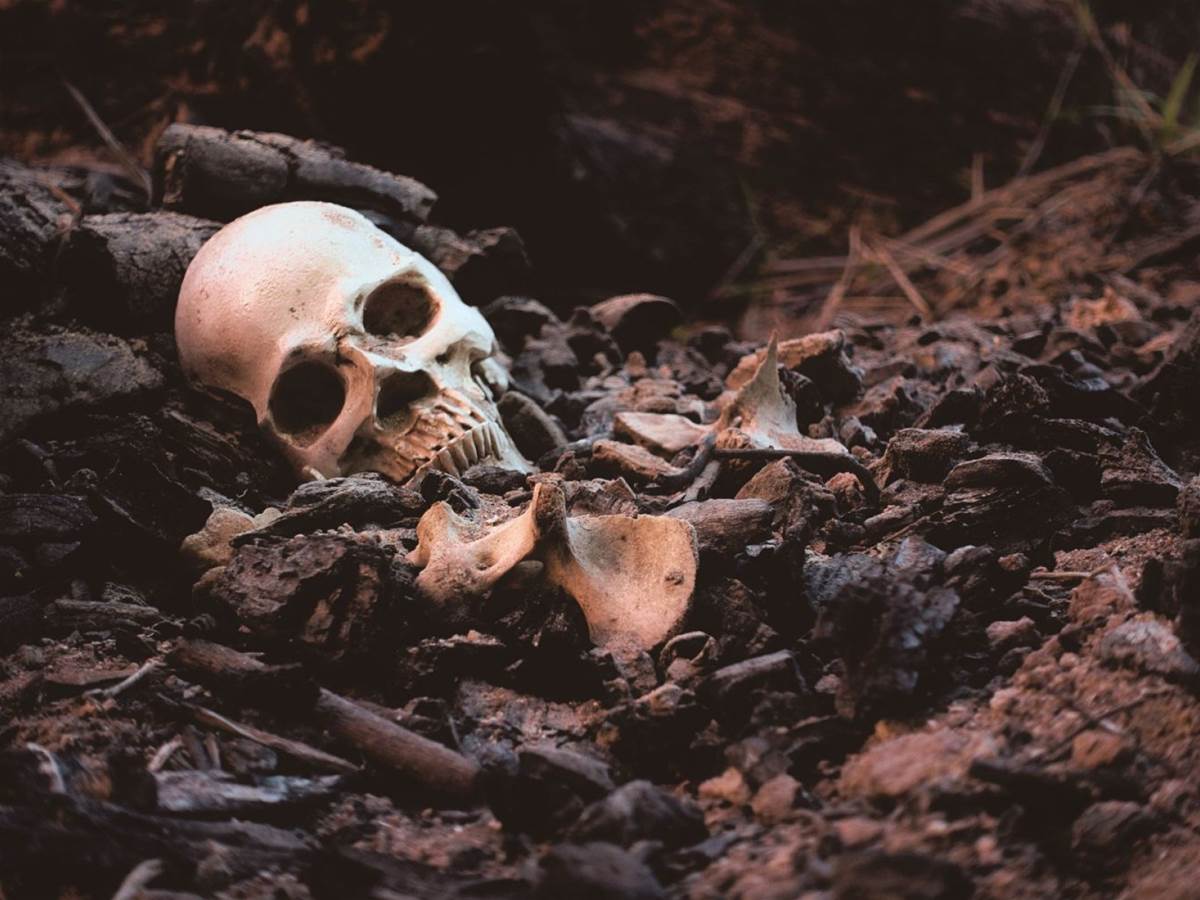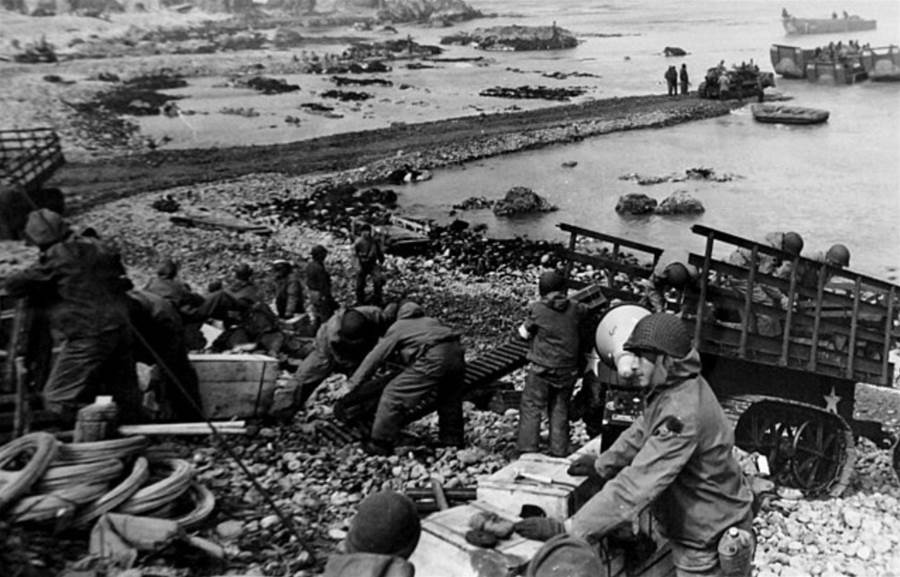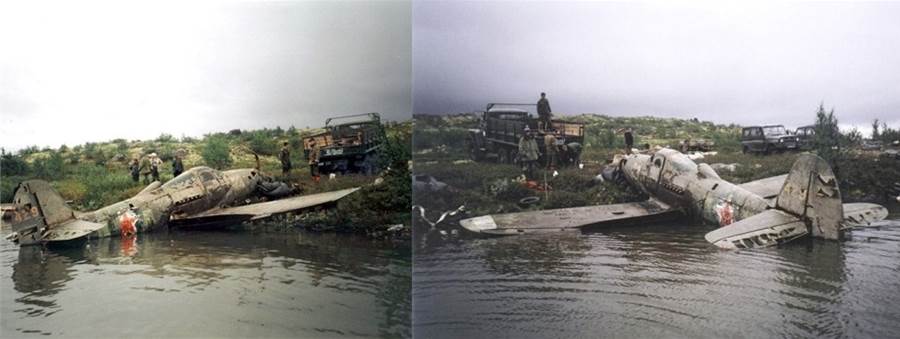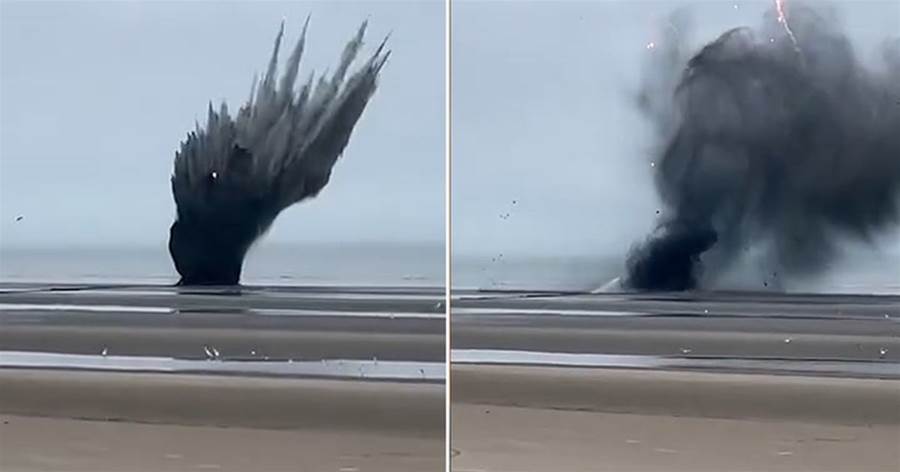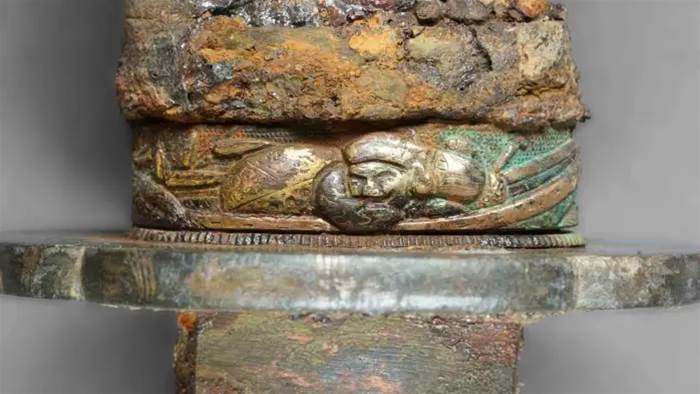
Amidst the rubble of a war-torn city, archaeologists uncovered something quite unexpected – a sword from the Edo-era of Japan. A “backup” weapon that once adorned the side of a noble samurai, it was found in the most unlikely of places: the cellar ruins of Berlin, long buried beneath the scars of World War II.
It wasn’t an ordinary sword that surfaced from the ashes of Molkenmarkt, Berlin's largest square.
Initially mistaken for a military saber, further examination revealed the weapon to be a wakizashi, a shorter sword traditionally used by Japan's samurai class. It’s a discovery that has left many scratching their heads – how did a 16th-century Japanese relic find its way into the remnants of WWII Germany?
The wakizashi, alongside other buried artifacts, was uncovered during an excavation of Molkenmarkt's ruined buildings, which were destroyed during the war. The site had been paved over in the 1960s, but a recent dig has unearthed a treasure trove of history that lay forgotten for decades.

The article is not finished. Click on the next page to continue.
The article is not finished. Click on the next page to continue.
Next page










